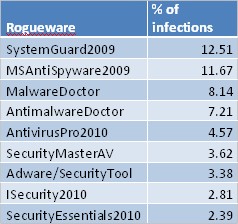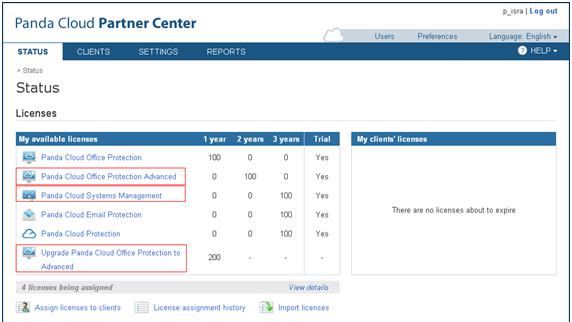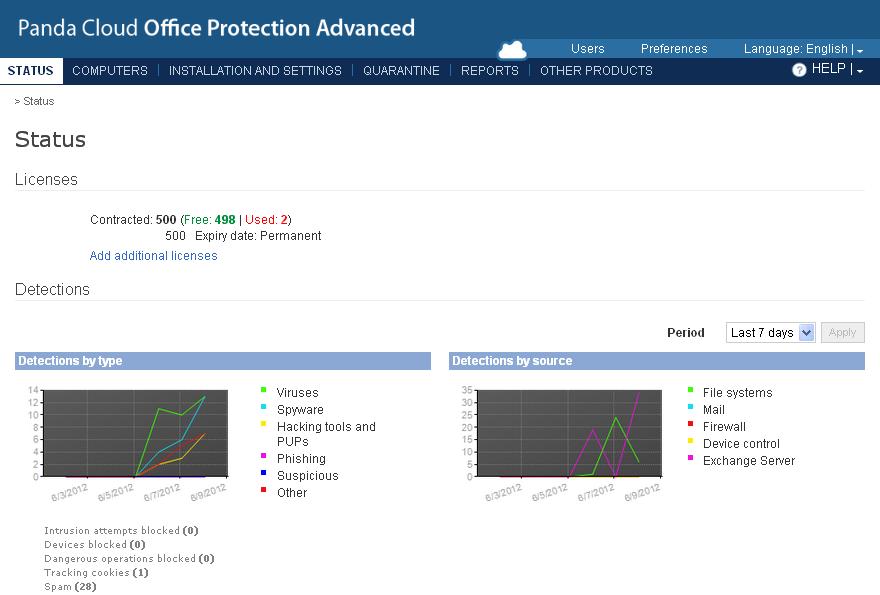- Even though this is a relatively recent phenomenon (fake antiviruses appeared some three years ago), 11.6% of all computer threats gathered over the last 21 years belong to this category
- So far this year, 46.8% of all computers worldwide are infected, and 5.40% of them have been infected with a fake antivirus, generating benefits of $34 million a month ($415 million a year) for hackers
- Fake antiviruses, also known as rogueware, are programs that enter user computers and warn of massive infections. Then, they ‘invite’ users to buy a solution to their problem. However, once users have given away their credit card data and money, they are left with a useless solution for a non-existent problem.
PandaLabs, the anti-malware laboratory at Panda Security –The Cloud Security Company–, has warned of the recent proliferation of fake antiviruses (also known as ’rogueware’), as 40% of all fake antiviruses ever have been created this year. That is, ever since this type of malicious code was first reported four years ago, 5,651,786 unique rogueware strains have been detected, out of which 2,285,629 have appeared from January to October 2010.
If we compare the number of rogueware specimens to the total number of malware strains included in our Collective Intelligence database (the automated system that detects, analyzes and classifies 99.4% of the 63,000 new threats that appear every day), 11.6% of all samples correspond to fake antiviruses. This is a staggering figure, especially if you consider that this database contains all malware detected in the company’s 21 year-history and rogueware only appeared four years ago.
Rogueware’s sophistication, realism and social engineering techniques are the basis of its success, as shown by the fact that more and more users are falling victim to this scam. So far this year, 46.8% of all computers worldwide have become infected with some sort of malware, and 5.40% have been affected by rogueware.
Even though there are many different types of rogueware families and types, the top fake antiviruses are as follows:
A profitable business
Every new victim of a fake antivirus scam allows hackers to make money by selling antivirus licenses that users will actually never get, stealing credit card data they can sell on the black market and use to make online purchases, etc.
According to a study conducted by PandaLabs, “The Business of Rogueware”, rogueware authors make over $34 million a month (approximately $415 million a year).
How fake antiviruses work
Even though the fraudulent business of rogueware was first reported in 2006, it was not until 2008 that this type of malicious code actually started to proliferate. Users can become infected simply by browsing the Web, downloading codecs for media players, clicking links in emails, etc
Once they have infected a system, these applications try to pass themselves off as antivirus solutions that detect hundreds of threats on the victim’s computer. When the user goes to remove the threats, they are asked to buy the ‘full’ product license, and very often they take the bait and end up doing so. However, once they buy the license, they will never hear from the ‘seller’ again and still have the false antivirus on their computer.
For more information about these and other threats, go to the PandaLabs blog and Panda Security’s Press Center.






4 comments
Thanks for the comment Frank. Yes you can sell NEARLY everything at eBay. But I use some other marketplaces since eBay prohibits certain items, digital products are one example.